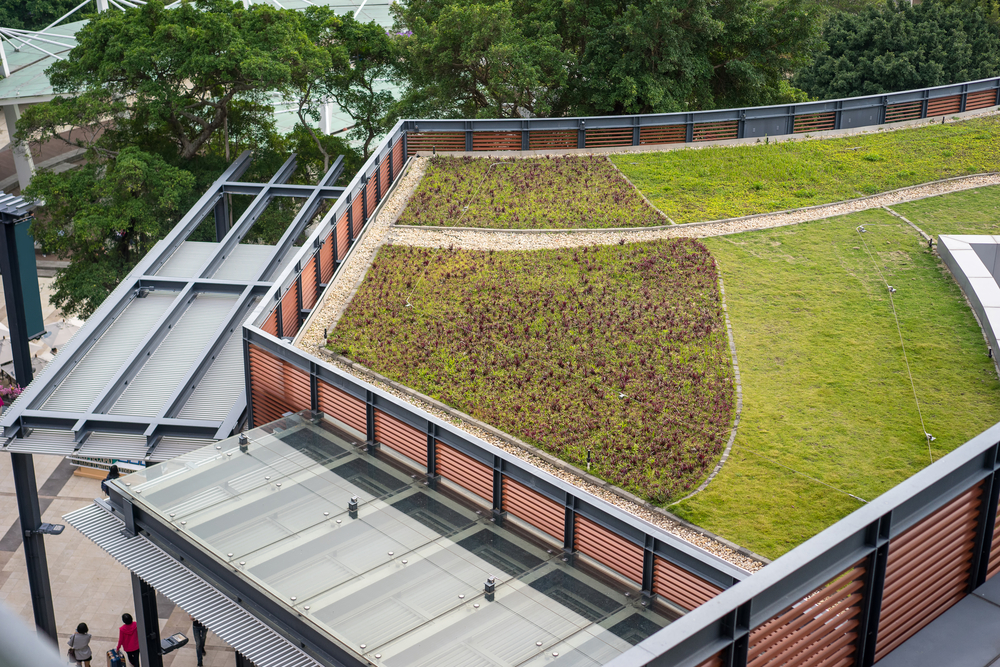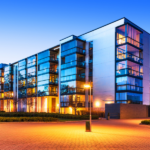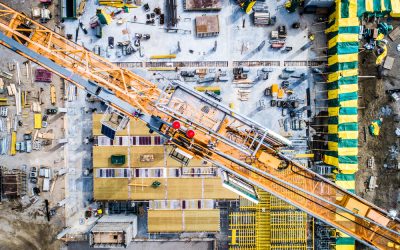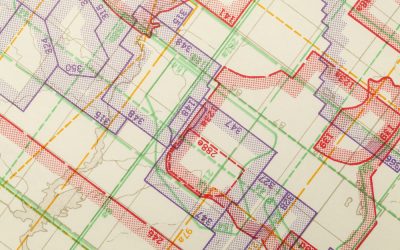
We’ve talked before about hempcrete, the material made from a mixture of hemp strands, lime binder and water that can be used in place of fiberglass insulation, sheetrock, drywall, and even siding. Another “green” building innovation, this time with regard to green space, put builders in Colorado in the crosshairs. Here’s what you need to know about the rise and fall of the Denver Green Roof Law.
Law Aimed to Reduce City Heat
Initiative 300, also known as the Denver Green Roof Law passed several years ago in a referendum with 54 percent of the vote. It required new buildings of 25,000 square feet and larger to include vegetation on the roof to help energy efficiency and decrease temperatures in the city center.
As it was originally written, the Denver Green Roof Law would have added roughly $193,000 to the cost to build a five-story office building. Builders and developers who were already burdened with sky-high land costs and high labor costs voiced their concern at the law. Vague definitions within the legislation also threatened to make compliance impossible for building owners.
The New Denver Green Roof Law
So in October 2018, the city council walked the law back, renaming it the “green buildings ordinance.” The changes would cut compliance costs roughly in half.
The new ordinance requires owners of buildings of 25,00 square feet and larger to have a “cool roof” with reflective paint as well as select one of the options below:
- Pay into a Green Building Fund to cover the cost of offsite green space in the city
- Create green area equivalent to the lesser of 3% gross floor area, 18% of the total roof area, or available roof space + onsite solar of 7% of floor area or 42 percent of the total roof area
- Offsite solar options
- LEED certifications
Two years after the requirements of the toned-town green roof law went into effect, only three building owners opted to comply with the ordinance with green space. Buildings of five stories and smaller are exempt from anything beyond the cool roof. When owners of existing buildings get new roofing, they will be required to comply with the law.
A Title Company that Caters to Builders
At Lakeside Title Company, we help builders with the title work they need to make their development a success. When you rely on us, you can spend more time managing your site, while we do the paperwork.
To see if the green roof law spreads to other cities, stay tuned to our blog. Otherwise, take a look at our services for builders or reach out to us today!






